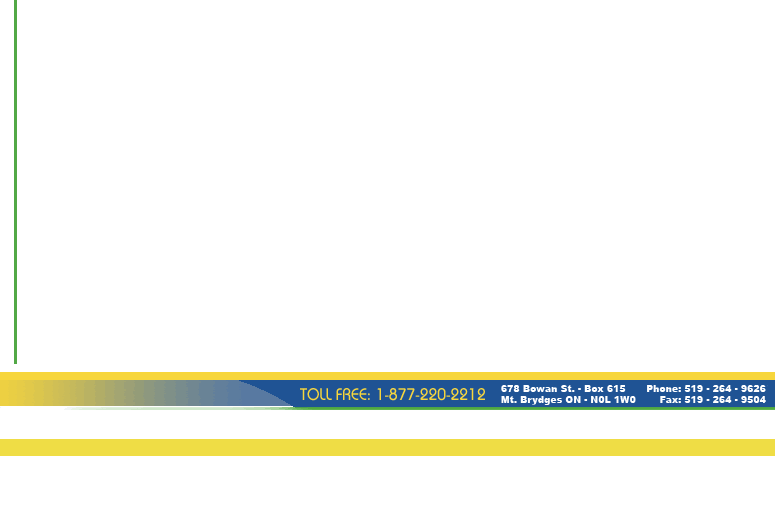Maximum
Swine
Marketing Ltd. Newsletter
Hog Commentary for
April 11th, 2006
Hog
Markets
Live hog bids were down this week in both regional and national
markets with the lag effect softening the drop in the national
averages. The ISM and corn-belt markets experienced their normal
pre-Easter weakness. Similar to the regional cash, cutout also
experienced seasonal weakness with most primal cuts declining
in value. Weekly slaughter was reported 0.6% above 2005 and
is now the 3rd consecutive week of slaughter within 1% of last
year. Prior to the last 3 weeks slaughter numbers exceeded 2005
by 3-4%. Hog flows appear to be lessening providing the strength
expected to raise meat values in the coming weeks.
Lean
hog futures continue to be pressured by bearish short term fundamentals
and fund selling as open interest continues to soar. Traders
and funds are reluctant to insert any value into the lean hog
futures market due to where we are in the hog cycle, avian flu
concerns, and an abundance of protein on the market. Once the
market is through this short term weakness and into the seasonal
rally, lean hog futures should begin to rebound, albeit slightly
subdued because of the present uncertainty in the market. Apr
ended the week down 4.32, while Jun, Jul, Aug, Oct, and Dec
ended the week -2.77, -2.42, -2.12, -1.25, and, -0.82 points
respectively.
Feed Markets
Contract lows in the nearby and new crop soymeal futures were
reached Monday providing further hedging opportunity at the
lowest price seen so far in 2006. Strength in the Canadian dollar
which approached 87.50 cents US contributed to the lower deliverable
prices in Canada. The USDA reported S/D numbers Monday morning
leaving US soybean ending stocks unchanged from the March report
at 565 million bushels but below industry estimates. Plenty
of talk continues to be centered on weakening demand, good harvest
progress in South America and projections for a large soybean
crop in the US. Although all of these factors are negative to
the market a good portion of the fundamental weakness has already
been priced into the futures. Major upside is not expected however
the downside appears limited heading into planting.
Corn carry out for the 2005/2006 crop year was estimated at
2.301 billion bushels by the USDA. The figures were down slightly
from the March report on increased exports and strong demand
expectations but not as low as industry participants expected.
Nearby futures are higher than last week but were unable to
generate new interest following the USDA report on bearish weather.
Planting has begun in very southern regions while central and
northern areas will need time to dry out before getting into
full swing. Price volatility can be expected to increase going
forward meaning big swings in both directions depending on the
forecast and actual weather. Buying on breaks would provide
protection in a long-term bull trend which the market appears
to be setting up for.

